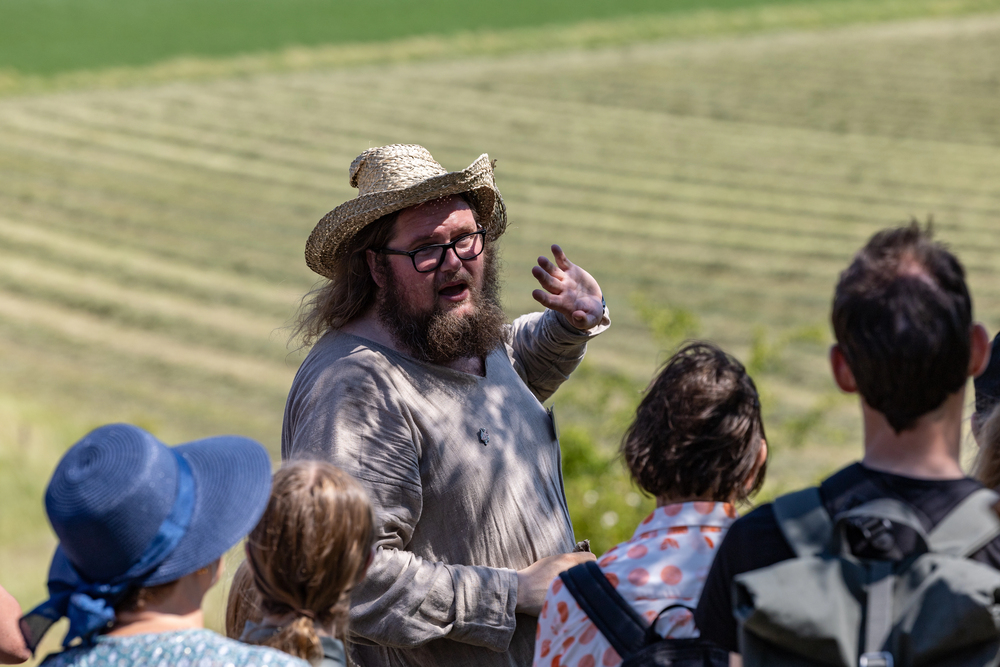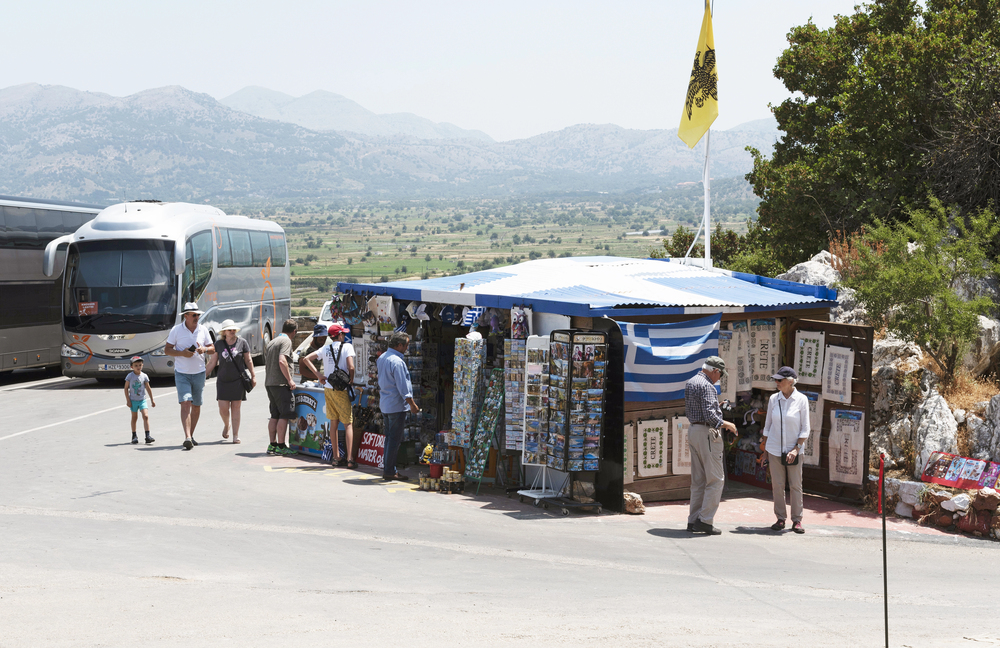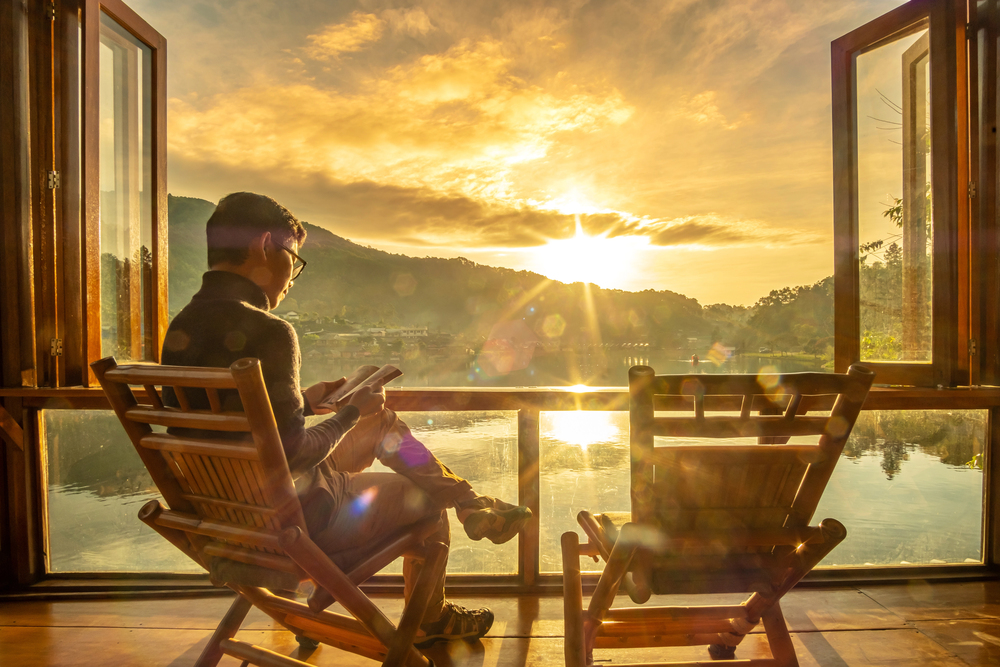Planning your next adventure involves countless decisions, yet none is more fundamental than the choice between a structured, guided tour or crafting your independent itinerary. Both approaches offer distinct advantages and potential drawbacks that’ll dramatically shape your travel experience. The right choice hinges on your personal preferences, the specific destination, and what you’re really hoping to gain from your journey.
Here is a list of 20 key factors to consider when deciding between guided tours and DIY travel, examining the ups and downs of each approach to help you make the choice that best fits your travel style.
Local Knowledge Access

Guided tours provide immediate access to local expertise through professionally trained guides who share cultural insights, historical context, and hidden stories that most independent travelers simply miss out on. These guides—often locals themselves—come equipped with deep knowledge about regional customs, political nuances, and local legends that bring destinations to life beyond what any guidebook could offer.
This insider knowledge creates richer, more educational experiences without requiring extensive personal research or language skills that might otherwise take years to develop.
Budget Considerations

DIY travel typically costs significantly less for budget-conscious travelers willing to roll up their sleeves and research affordable accommodations, transportation options, and local eateries. Guided tours include substantial markups—sometimes 40-50% over actual costs—to cover overhead expenses, guide salaries, marketing costs, and company profits.
Self-guided travelers can selectively splurge on priority experiences while economizing on less important aspects, creating a personalized budget allocation that’s simply impossible within the confines of packaged tours.
Like Travel Pug’s content? Follow us on MSN.
Scheduling Flexibility

Independent travel allows spontaneous schedule changes to accommodate unexpected discoveries, weather shifts, or simply lingering longer in places that unexpectedly captivate you. You’ll have the freedom to abandon plans entirely when better opportunities arise—spending extra days in surprisingly wonderful locations or leaving disappointing spots earlier than anticipated.
This flexibility enables truly serendipitous experiences that often become highlight moments impossible to discover on tightly scheduled tours with fixed departure times and predetermined durations at each location.
Logistical Simplicity

Guided tours eliminate complicated logistical planning like navigating foreign transportation systems, booking accommodations in multiple locations, or researching opening hours and ticket requirements for dozens of attractions. Tour companies handle complex border crossings—often a significant source of travel anxiety—arrange internal flights, secure reservations, and coordinate transportation schedules that might otherwise consume valuable vacation time.
This seamless organization allows participants to focus entirely on experiencing destinations rather than managing the complicated logistics of moving between them.
Social Dynamics

Guided tours create instant social circles with fellow travelers sharing similar interests—ideal for solo travelers or those seeking built-in companionship without coordinating group trips themselves. These temporary communities often foster surprising friendships across demographic boundaries, connecting people who might never meet otherwise through shared experiences and challenges.
However—and this is crucial to consider—personality conflicts within small tour groups can significantly impact enjoyment, with limited ability to distance yourself from difficult individuals compared to the freedom of independent travel.
Like Travel Pug’s content? Follow us on MSN.
Cultural Immersion Depth

DIY travel facilitates deeper cultural immersion by necessitating direct interactions with locals for transportation advice, restaurant recommendations, and navigational help beyond tourist enclaves. Independent travelers typically experience more authentic versions of destinations—patronizing local establishments without tourist markups and exploring neighborhoods you’d never see on standardized tour routes.
This approach requires more effort but rewards travelers with genuine cultural exchanges and unfiltered exposure to daily life in destination communities—something many consider the heart of meaningful travel.
Safety Considerations

Guided tours provide added security in regions with complex safety concerns, unfamiliar health risks, or challenging navigation issues—particularly beneficial for solo travelers and those visiting highly unfamiliar environments. Professional guides constantly monitor changing conditions, avoid problematic areas, and provide immediate assistance during emergencies with established protocols and local connections.
This safety buffer proves especially valuable in regions with significant language barriers where communicating during emergencies might otherwise prove difficult or even impossible without local assistance.
Hidden Gems Discovery

Independent travelers often stumble upon extraordinary local experiences completely absent from standardized tour itineraries designed for broader audiences—a neighborhood festival no tourist website mentions, a perfect sunset spot known only to locals, or a family-run restaurant serving regional specialties. DIY exploration leaves room for recommendations from temporary local connections who share insider knowledge that is rarely accessible to larger tour groups.
These spontaneous discoveries—unplanned and unexpected—frequently become standout travel memories precisely because they weren’t part of any prefabricated experience designed for mass tourist consumption.
Like Travel Pug’s content? Follow us on MSN.
Time Efficiency

Guided tours maximize sightseeing efficiency through strategically planned itineraries that minimize transit time and navigate complex ticket systems at popular attractions. Guides arrange priority access at crowded sites—skipping hours-long lines at the Vatican or Eiffel Tower—coordinate ideal viewing times for weather-dependent experiences and seamlessly transition between multiple destinations without wasted hours.
This optimization proves particularly valuable for travelers with limited vacation time seeking to experience numerous highlights within compressed timeframes impossible to replicate through independent planning.
Learning Opportunities

Skilled tour guides transform ordinary sites into extraordinary educational experiences through contextual knowledge, historical storytelling, and cultural interpretation beyond what independent research typically provides. Many specialized tours feature guides with remarkable expertise—archaeologists at ancient ruins, art historians in museums, wildlife biologists on safari—offering insight impossible to replicate through guidebooks or audio tours.
This educational dimension adds substantial depth to travels, though quality varies dramatically between companies and individual guides based on their personal knowledge and communication skills.
Authentic Food Experiences

Independent travelers enjoy greater flexibility in discovering authentic local cuisine by following resident recommendations, exploring markets, and dining at establishments catering primarily to locals rather than tourists. DIY travelers can adjust meals around personal preferences, dietary requirements, and budget considerations without conforming to group restaurant selections with standardized tourist menus.
This culinary freedom allows for spontaneous food adventures and specialized dining experiences reflecting personal priorities rather than group compromises that often result in middle-of-the-road choices satisfying no one completely.
Like Travel Pug’s content? Follow us on MSN.
Transportation Stress

Navigating unfamiliar transportation systems while handling luggage creates significant stress for many independent travelers, particularly in regions with limited infrastructure or considerable language barriers. Guided tours eliminate transportation anxiety by handling all transfers between destinations, arranging appropriate vehicles, managing luggage, and navigating complex ticketing systems.
This convenience proves particularly valuable in regions with challenging transportation logistics like rural areas, island destinations, or countries with limited English signage where simply getting from point A to point B can consume entire days of precious vacation time.
Personal Growth Opportunities

Overcoming independent travel challenges—navigating foreign metro systems, communicating across language barriers, solving unexpected problems—builds confidence and adaptability, unlike guided experiences where obstacles remain largely invisible to participants. DIY travelers develop valuable skills, including cross-cultural communication, negotiation, directional orientation, and resource management through necessity rather than choice.
These personal growth opportunities transform travel from mere consumption into genuine capability expansion that extends beyond vacation benefits into professional and personal life long after returning home.
Pace Customization

Independent travelers maintain complete control over their daily pace, accommodating personal energy levels, interest depth, and physical capabilities without conforming to standardized group timing. Morning people can start at sunrise while night owls sleep in, photography enthusiasts can wait patiently for perfect lighting conditions, and contemplative travelers can linger in meaningful locations without feeling rushed by group schedules.
This individualized pacing allows for deeper engagement with personally meaningful aspects while skimming through less interesting elements—creating a rhythm that matches your natural preferences rather than a one-size-fits-all approach.
Like Travel Pug’s content? Follow us on MSN.
Special Access Opportunities

Well-connected tour companies sometimes secure extraordinary access unavailable to independent travelers—private museum viewings, meetings with renowned experts, entry to restricted historical sites, or special cultural performances not open to the general public. These exclusive experiences leverage professional relationships developed through consistent business partnerships that are impossible for individual travelers to establish independently.
Though these unique access points typically come with premium price tags, they occasionally provide genuinely unreplicable experiences worth the additional cost for travelers seeking deeper or more specialized engagement with particular aspects of a destination.
Environmental Impact Consideration

Independent travelers generally create smaller environmental footprints by utilizing public transportation, staying in smaller accommodations, and distributing economic benefits more directly to local communities rather than international tour corporations. DIY travelers can prioritize sustainability through their specific choices—selecting locally owned guesthouses, carbon-offsetting transportation, and patronizing environmentally responsible operators based on personal research.
This individualized approach allows environmentally conscious travelers to align their values more precisely with their actual travel behaviors rather than accepting the standardized sustainability practices (or lack thereof) of tour companies.
Dealing With Unexpected Issues

Guided tours provide immediate professional assistance during unexpected challenges, including medical issues, transportation disruptions, weather emergencies, or lost documents. Tour companies maintain emergency protocols, local contact networks, and backup plans for contingencies that would otherwise derail independent travelers unfamiliar with local systems.
This support structure creates valuable peace of mind, particularly in remote locations or for travelers with health concerns requiring potential special assistance—serving as an invisible safety net throughout the journey.
Like Travel Pug’s content? Follow us on MSN.
Photography Opportunities

Independent travelers enjoy greater flexibility to wait for ideal photographic conditions, return to locations at better times of day, or linger in visually compelling settings without adhering to group schedules and departure times. DIY exploration allows photographers to prioritize visual experiences over comprehensive sightseeing, sometimes spending entire days capturing a single location under changing light conditions.
This specialized focus enables more thoughtful visual documentation compared to hurried snapshots between group movements—resulting in photography that truly captures the essence of a place rather than merely checking it off a visual list.
Relationship Dynamics

Traveling independently with companions requires significant cooperation, compromise, and communication that reveals relationship strengths and challenges in uniquely intensified ways. The continuous decision-making, problem-solving, and shared experiences of DIY travel create relationship growth opportunities absent from guided tours where external leaders handle potential conflict points.
This relationship dimension transforms travel into a bonding experience with meaningful personal development beyond mere sightseeing—sometimes strengthening connections but occasionally exposing incompatibilities that remain hidden in everyday life.
Personal Satisfaction Factor

Successfully navigating independent travel challenges creates unique satisfaction from mastering unfamiliar situations through personal resourcefulness rather than purchased assistance. DIY travelers experience destinations through their discovery process rather than following prescribed experiences curated by others for commercial purposes.
This sense of genuine exploration and personal accomplishment adds emotional dimensions to travel memories beyond the places themselves—creating stories where you’re the protagonist rather than simply a passenger on someone else’s journey.
Like Travel Pug’s content? Follow us on MSN.
The Travel Style Spectrum

The choice of guided versus independent travel rarely demands an absolute commitment to either extreme. Many experienced travelers blend approaches strategically—booking guided experiences for complex portions while maintaining independence elsewhere, hiring local guides for specific sites while handling daily logistics independently, or joining day tours within otherwise self-planned itineraries.
This hybrid approach leverages the strengths of both styles while minimizing their respective disadvantages.
More from Travel Pug

- 20 Destinations That Were Once Thriving but Are Now Quietly Disappearing
- 13 Destinations Where Tourists Regularly Regret Their Trip
- 20 Once-Popular Beach Towns That Are Now Ghostly Empty
- 10 Under-the-Radar Mountain Towns That Are Both Affordable and Beautiful
- Take a ‘Learning Vacation’ in These 20 Extraordinary Places
Like Travel Pug’s content? Follow us on MSN.
